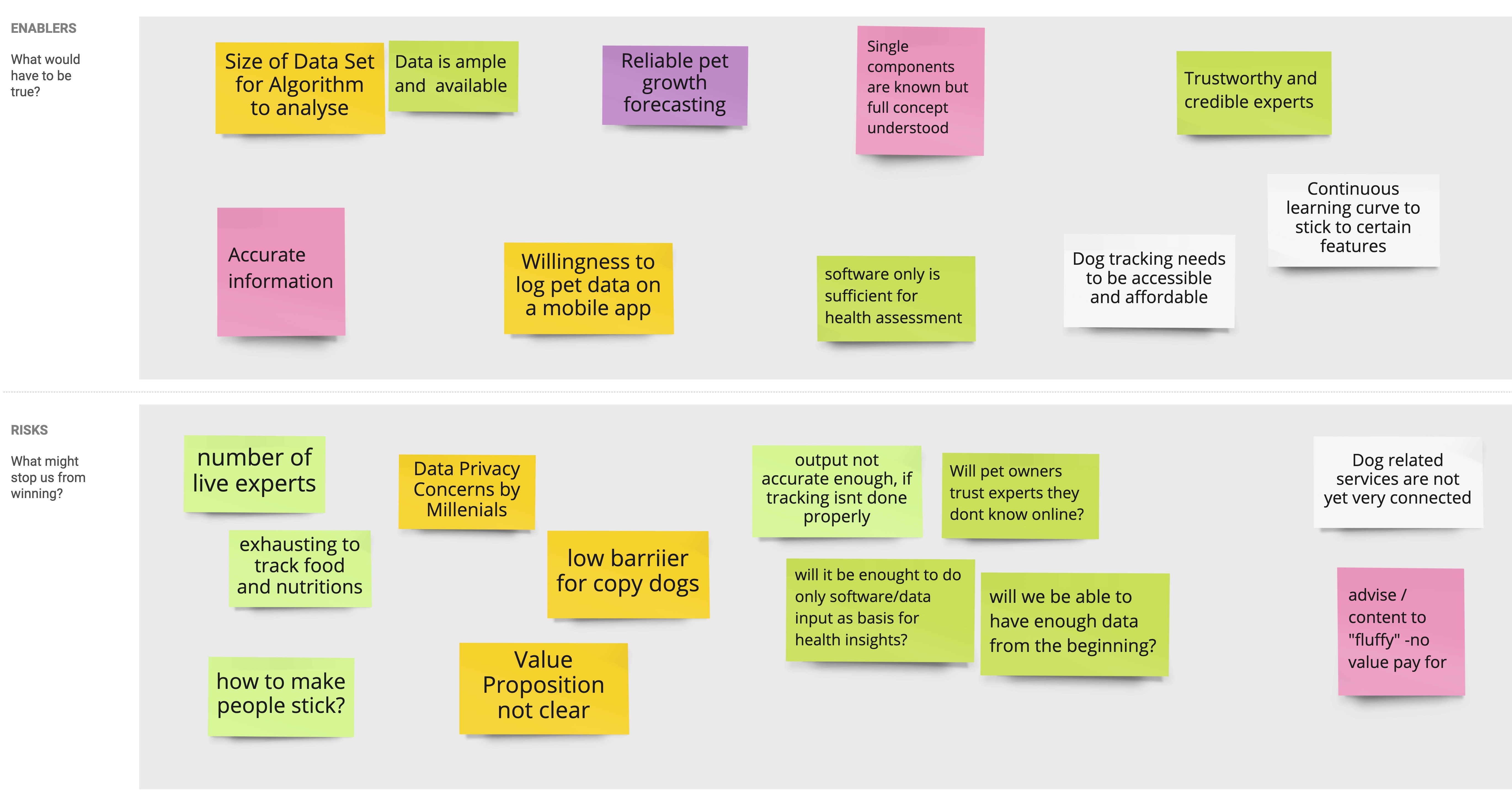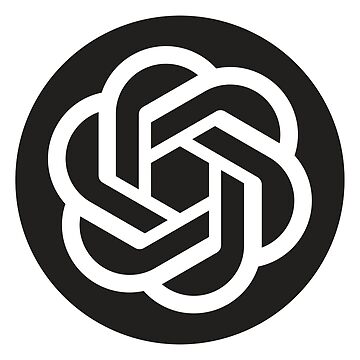¶ Concept Critique
¶ What it is
The Experiment Design phase starts by deep diving into the concept(s) selected for validation. The best way to start is with a critique or constructive probing. The team invites experts they have access to, either from within the organisation or their networks, to listen to the concept pitch and ask probing questions. Those are a great foundation to understand what questions you still have to answer in the validation.
¶ Why it is useful
After rounds of conception, the team might already have taken certain assumptions or hypotheses they are making as facts and stop questioning those. A fresh outside perspective can help unearth those so that you become aware of your hidden assumptions.
¶ When to use it
Critiques are a helpful way of finding hidden assumptions - they are instrumental when the team has been working away at their concept(s) for a while and needs a fresh perspective to get challenged.

¶
¶ How is it done
- Invite experts from the organisation or the team’s networks to join you for a pitch and Q&A session. Ideally, select a diverse group of people, some who might have an industry background, some who might know the target audience well, some who understand a challenging technology you might use, or some who experience the problem firsthand.
- Pitch the concept to them, including the relevant context from the research, the solution idea, the benefits, and any additional information you might have.
- Get them to ask questions aimed at the Desirability, Feasibility, and Viability of the solution, and see which questions you can answer based on the data you have. Ask the team to note down all questions that arise.
- After the session, review which questions you could not answer and which spaces you need to create additional knowledge.
¶ Do's & Don't
Do's
- Invite a diverse group of people, and try to get at it from different perspectives.
- Ask the participants to challenge your concepts; we do not need affirmations.
Don't
- Don’t only run this with team members, as their view is too constrained already.
- Don’t bias participants by telling them too much beforehand.
¶ Tools needed
- Concept Pitch
¶ GenAI Tool Use Case
¶ Suggestion on Designing, Prioritizing, or Reframing Concepts
Users can benefit from ChatGPT's assistance in generating suggestions for designing, prioritizing, or reframing concepts, as it offer creative ideas, strategic insights, and alternative perspectives to help enhance the effectiveness and clarity of their concepts across different domains.
Key Steps Turtorial
- Ideate the Value Proposition
- Now we need to develop a strong business model. The vision and objective is to (introduction of business vision and objective). Please suggest (X) ways for us to either make money directly or save operational cost.
- Articulate the business directions
- [Articulate the direction] We don’t want (directions to avoid). We want to build a strong business case around (directions to focus). Please identify the complimentary income streams that monetize (the key offerings with the potential to generate revenue).
- Deep dive into the revenue streams and forecast the future income
- Please limit to the most promising revenue streams of (selected revenue stream to be focused). Please quickly research income stream potential based on our business objectives and extrapolate the business potential (if we reach the goals) in year 1, 2 and 3.
Sample Prompt:
Sample Prompt:
Sample Prompt:
¶
¶ Six Thinking Hats
¶ What it is
The “Six Thinking Hats” are a creative technique where team members are assigned a dedicated viewpoint or way of thinking, which they must embody when listening to an idea or evaluating a concept. It forces them to focus on specific aspects, ensuring they go deep into that mindset and unearth views that are less commonly voiced yet might add valuable questions.
¶ Why it is useful
Diverse viewpoints and questions are crucial to getting good coverage of knowledge gaps and knowledge creation during validation. The Six Thinking Hats can challenge team members to go deeper into perspectives they might not commonly hold.
¶ When to use it
The Six Thinking Hats can be helpful when you have teams that lean towards similarities in specific ways of thinking (e.g., people who tend to be more optimistic or technocratic) to get them out of their typical ways of thinking.
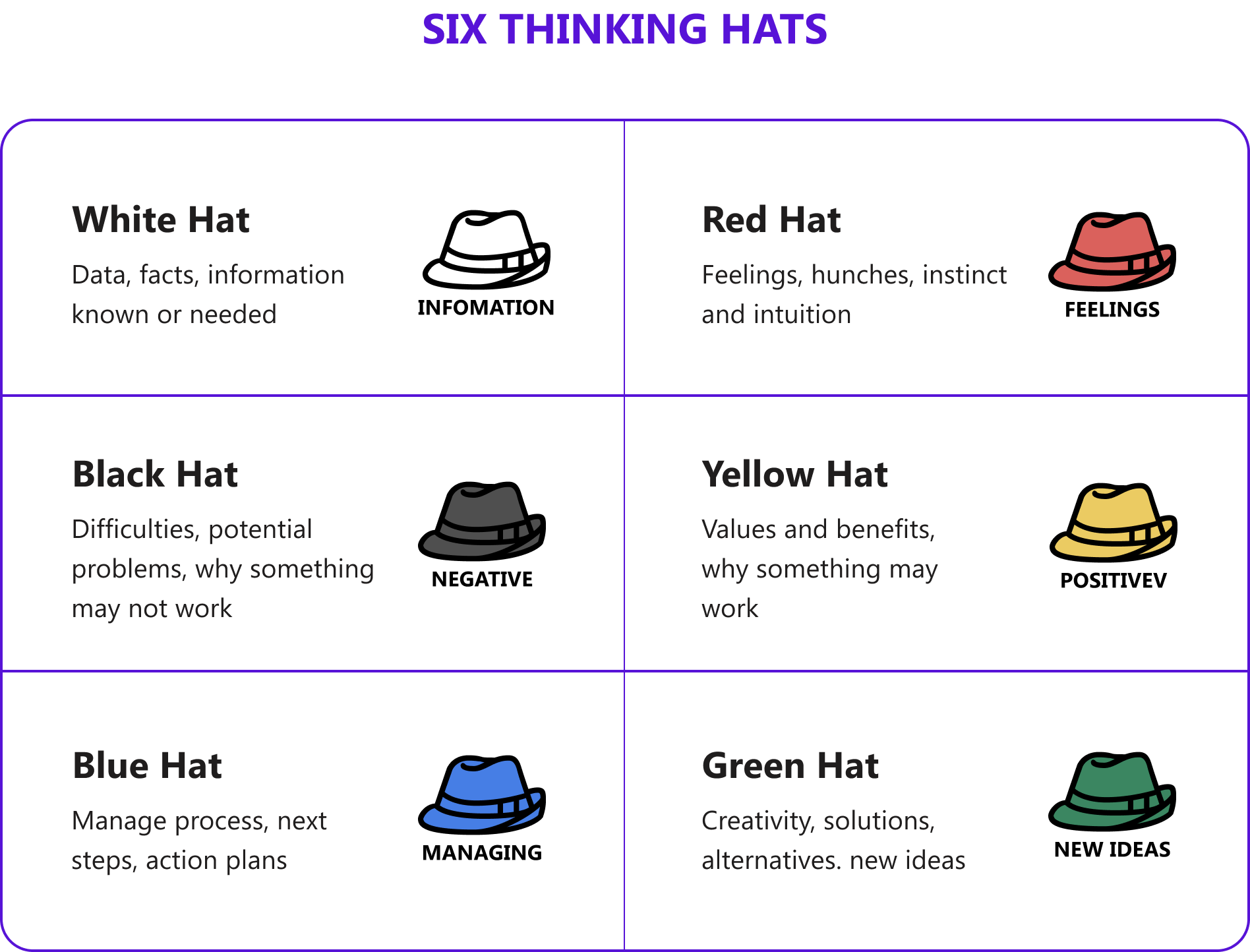
¶ How is it done
- Prepare a Six Thinking Hats workshop by setting your intention for the session and planning the hat rotation accordingly (see next page).
- Conduct the workshop by laying out the context - e.g., wanting to challenge your concept from different perspectives - and then rotate through the different mindsets by opening on explaining the perspective to take and discuss, giving everyone 2 minutes to enter that mindset, and then giving 8-13 minutes for discussion on that mindset. Take notes of all the thoughts and questions that arise when wearing a hat.
- Debrief with the team, synthesise all the new insights, questions, challenges, and ideas that arose, and discuss how to utilise them constructively.
¶ Do's & Don't
Do's
- Challenge the team to fully “wear a hat” / embrace a given mindset, and call them out if they entered a different perspective during a phase.
- Practice this method a few times if the team has never used it, as it does not come naturally at first.
Don't
- Please don’t skip any hats from the sequence; give them all ample space. Of course, if nothing should emerge, you know to move on, but often there are surprising insights one might not expect.
- Don’t split the team into different hats; let everyone take every perspective sequentially and discuss together.
¶ Tools needed
- Whiteboard (physical or virtual)
- Post-it notes (physical or virtual)
- Concept Pitch
¶ Example
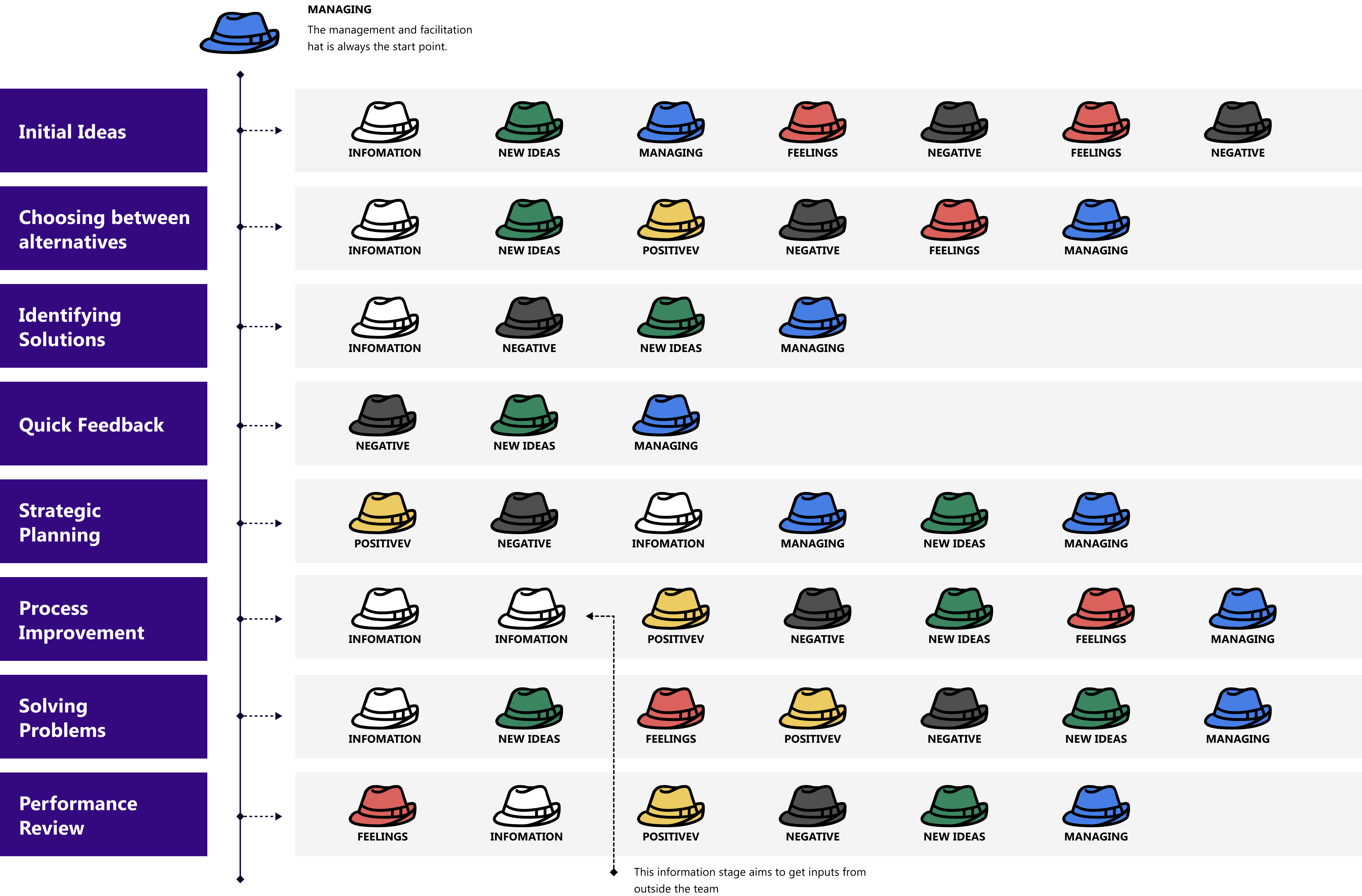
¶ WWHTBT / WMSUFW
¶ What it is
These are two straightforward questions:
- “What Would Have To Be True …?” (WWHTBT)
- “What Might Stop Us From Winning?” (WMSUFW)
Posing these questions towards any concept in validation will help identify key Make or Break risks/assumptions that must be validated and risks or blockers that need to be addressed.
¶ Why it is useful
These two questions focus the team on deeply reflecting on their assumptions in their belief that given concepts might win - either the presence of specific enablers or the absence of particular barriers. And both are important to note.
¶ When to use it
Any concept should go through a WWHTBT / WMSUFW questioning at least once to ensure it has been adequately scrutinised.
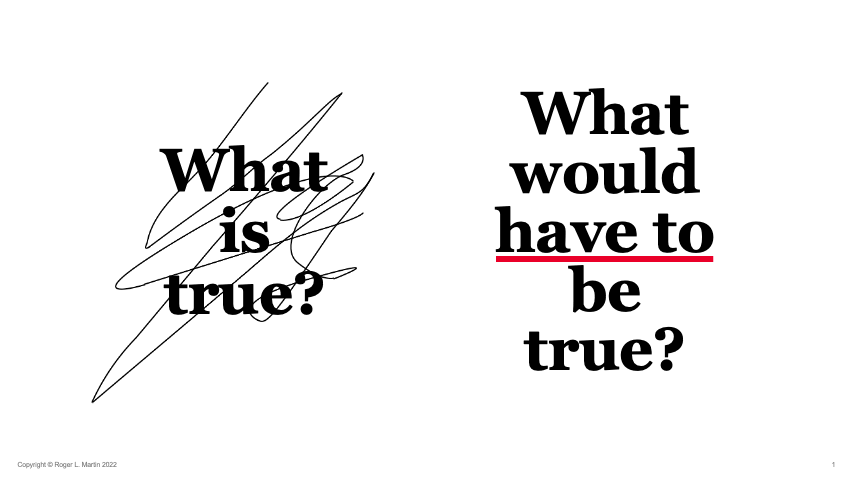
¶
¶ How is it done
- Prepare a workshop board with the Concept Card / Concept Pitch and two boards for each concept - one asking WWHTBT and one asking WMSUFW.
- Conduct a session in which first the concept is presented, and then every participant is given ten minutes - five for each question - to brainstorm all the answers they can come up with.
- After the time is up, debrief and cluster to find common themes and key assumptions / critical risks that need to be addressed.
¶ Do's & Don't
Do's
- Ask the team to think from perspectives of Desirability, Feasibility, and Viability (perhaps also Suitability and Differentiation) to uncover different assumptions and risks.
- Have a diverse group in the group, which can contribute different expert insights when writing up the challenges.
Don't
- Please don’t run the session individually with specific disciplines (like design separate from technology), as you’ll sacrifice all the great cross-fertilisation you will get by having them do this together.
¶ Tools needed
- Whiteboard (physical or virtual)
- Post-it notes (physical or virtual)
- Concept Pitch
¶
¶ Example
